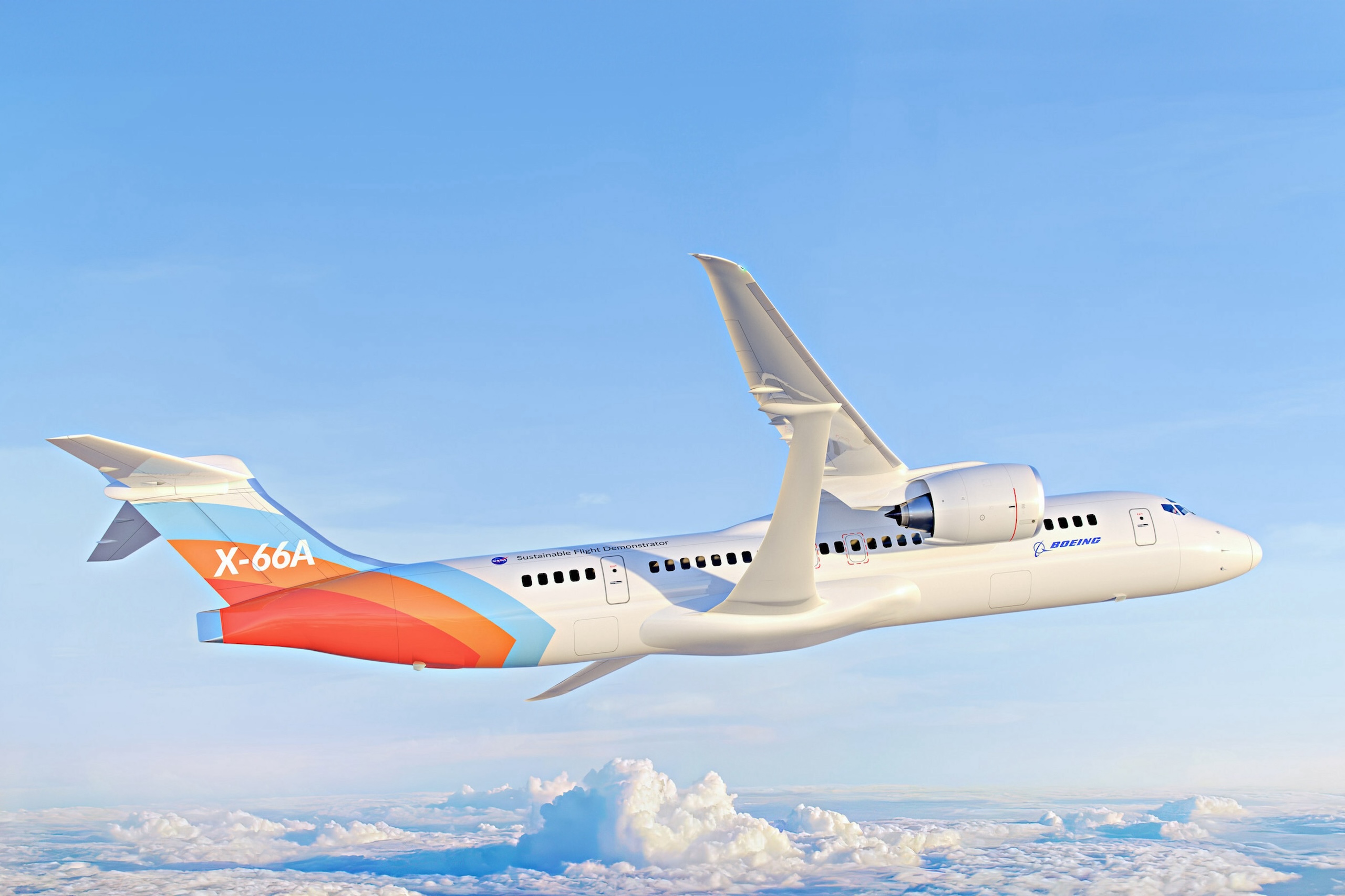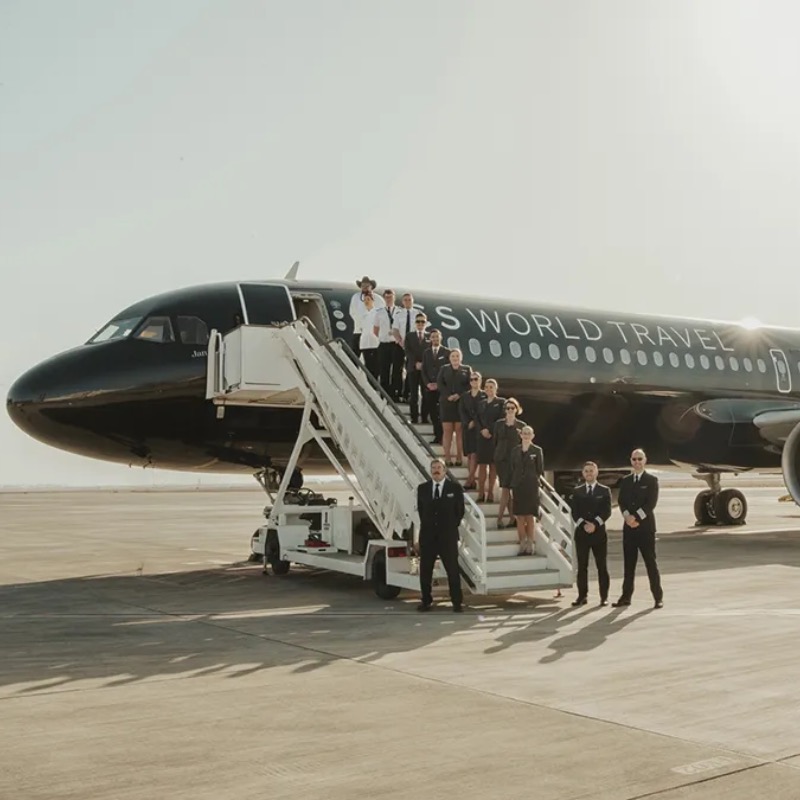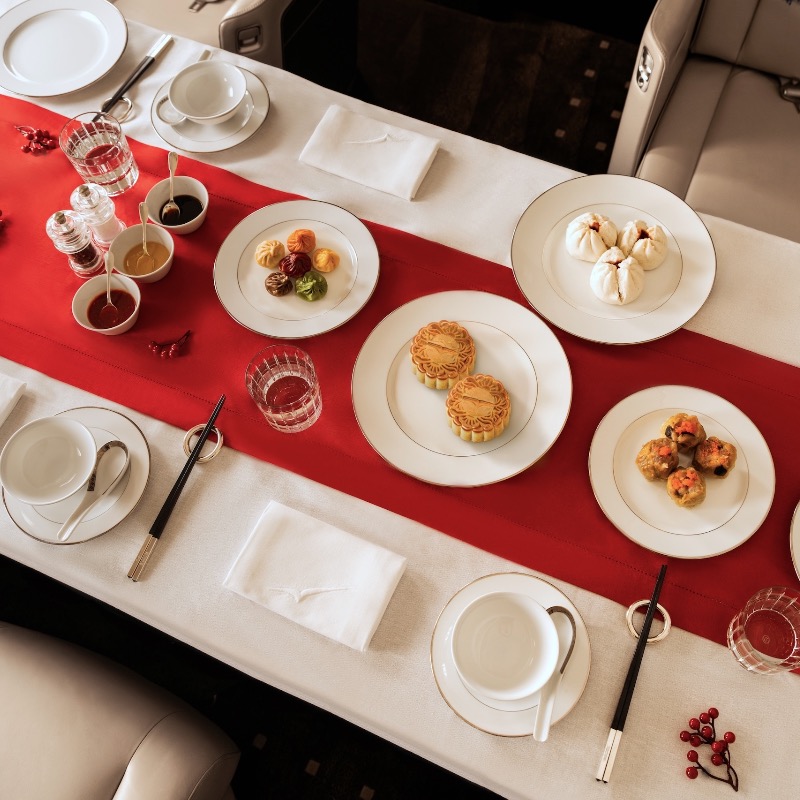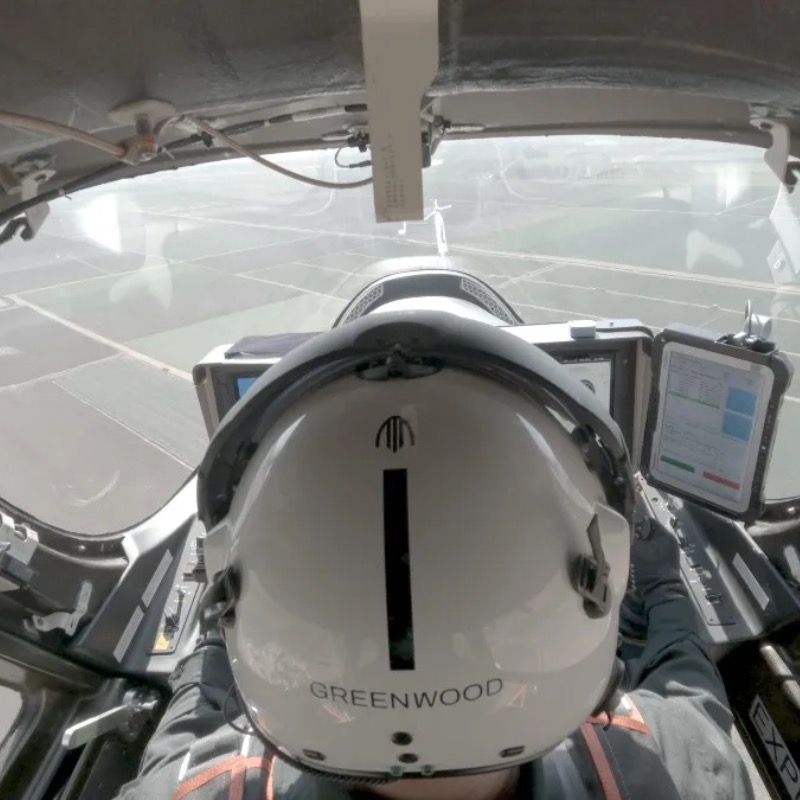Planes with flapping wings sound more anime than aerospace, but the world’s largest airframers on both sides of the Atlantic are expediting prototypes that could shape the next generation of business and commercial jets in entirely unconventional ways.
Their mission? To make aircraft exceedingly more fuel-efficient and help deliver on aviation’s sustainability pledge to be carbon-neutral by 2050. In Europe, Airbus is designing radical wing configurations, including one that changes form to counter turbulence, while stateside, Boeing has partnered on NASA’s X-66A experimental plane that relies on trusses to support unusually long and slender wings.
The Extra Performance Wing that Airbus is developing “mimics a bird’s feathers and adjusts automatically to maximise aerodynamic flow,” says Sebastien Blanc, technical wing director for the project, part of the Airbus UpNext programme. Flight tests for the 165-foot-long shape-shifting wing will begin next year on a Cessna Citation VII jet. “Like a bird, it dynamically adapts to conditions, using active control technologies,” explains Blanc. And its folding wingtips, an ancillary design, will allow for increased performance while fitting into the constraints of the airport gates.
Thin, elongated wings are also integral to the X-66A, a Boeing concept that NASA greenlighted last year as part of its Sustainable Flight Demonstrator programme. Spearheading the US$1.15 billion (HK$8.9 billion) plan across a seven-year timeline, Boeing will modify an MD-90 aircraft by shortening the fuselage and mounting the engines under what it calls a Transonic Truss-Braced Wing, which, as the name implies, relies on a set of aerodynamic trusses.
“Our goal was to develop a more sustainable airplane that can replace current single-aisle aircraft,” says Brent Cobleigh, NASA’s X-66A project manager, adding that the latter account for nearly half of global flight emissions. “With advanced propulsion and lighter-weight materials, we think it will have a 30 per cent reduction in fuel burn.”
The industry’s goal to reach carbon neutrality in the next 26 years faces strong headwinds in cost alone. Yet with such out-of-the-box concepts being explored by some of the world’s biggest aerospace innovators, others may soon be motivated to earn their own sustainability wings.









